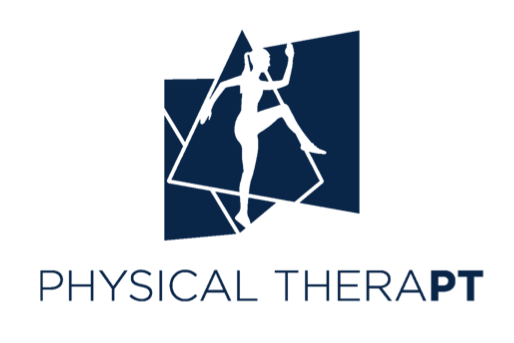Once you google your symptoms, things will undoubtably escalate quickly. By the third search result, you’re considering amputation. A rehabilitation specialist, like a PT or ATC, is able to perform an examination to rule out other possible conditions and help establish a customized treatment plan. Injuries, just like athletes, are unique. Your combination of symptoms and pain, paired with your results from your evaluation will give a more accurate picture.
Radial nerve entrapment can be misdiagnosed, commonly mistaken for lateral epicondylosis (aka “tennis elbow”) or nerve impingement in the neck. Each of these three diagnoses require contracting treatment, meaning what works for one could make another worse. Don’t guess when it comes to your athletic health!
The good news is a clinician can help you decipher what’s at play and set you on the right track! The majority patients respond well to conservative therapy and recover after several weeks. As with most rehabilitation plans, radial nerve entrapment requires a multi-faceted approach; it’s essential to consider tissue health, function, and strength. Below, we’re sharing more about how treatment for this injury fits into those three categories:
Tissue Health
Nerve glide exercises to gently mobilize the involved nerve, to encourage adequate gliding and reduce entrapment.
Soft tissue manipulations to address any adhesions that may have developed along the nerve tract, and prevent more from developing, thus restricting the nerve.
Function
Foundational exercises to establish neuromuscular control, like proprioceptive neuromuscular facilitation (PNF) diagonal strengthening patterns and closed-kinetic chain activities.
Ergonomic education on posture and its impact on shoulder function and compensatory overuse down the chain; poor posture during repetitive motions can lead to bigger problems over time.
Strength
An individualized strengthening and mobility program to correct muscular imbalances and address proximal weakness (near the center of the body) that may be contributing.
Sports-specific drills and plyometrics can be integrated once an athlete regains full range of motion with appropriate strength.
To learn more, check out these articles and textbooks:
Molloy J, Neville V, Woods I, Speedy D. Posterior interosseous nerve entrapment. RTS 2006;1(8):20-5.
Saratsiotis J, Myriokefalitakis E. Diagnosis and treatment of posterior interosseous nerve syndrome using soft tissue manipulation therapy: A case study. Journal of bodywork and movement therapies 2010;14(4):397-402.
Cleary C. Management of Radial Tunnel Syndrome: A Therapist's Clinical Perspective. J HAND THER. 2006;19:186–91.
S. Brent Brotzman, Robert C. Manske. Clinical orthopedic rehabilitation, 2011.


